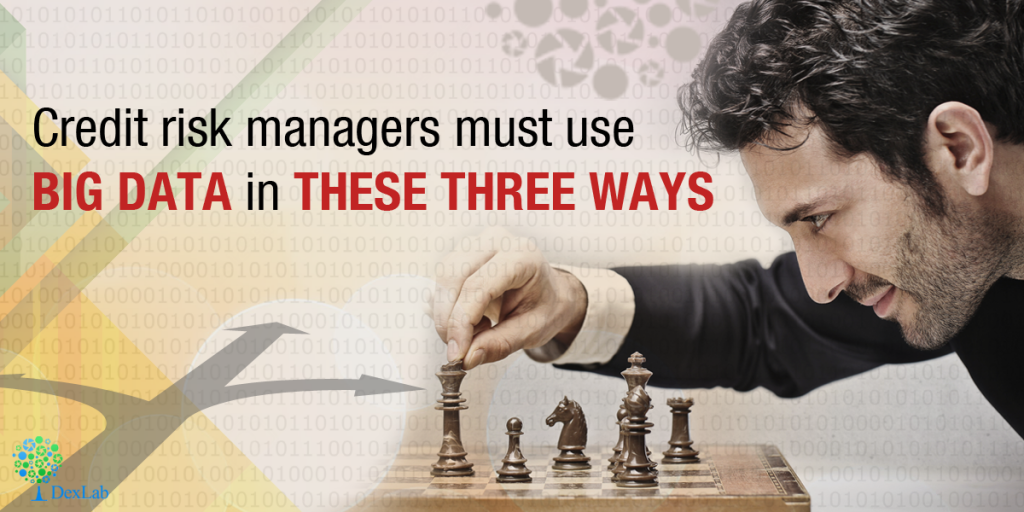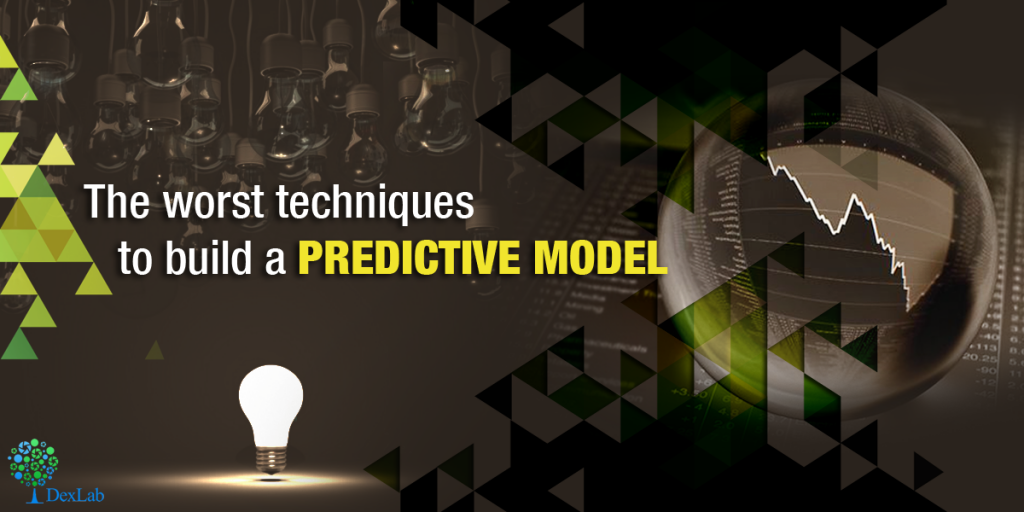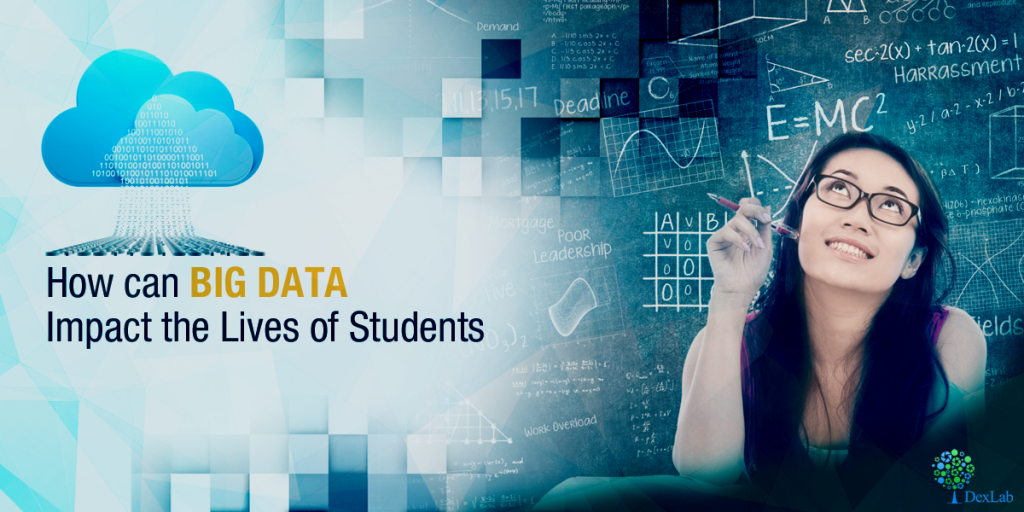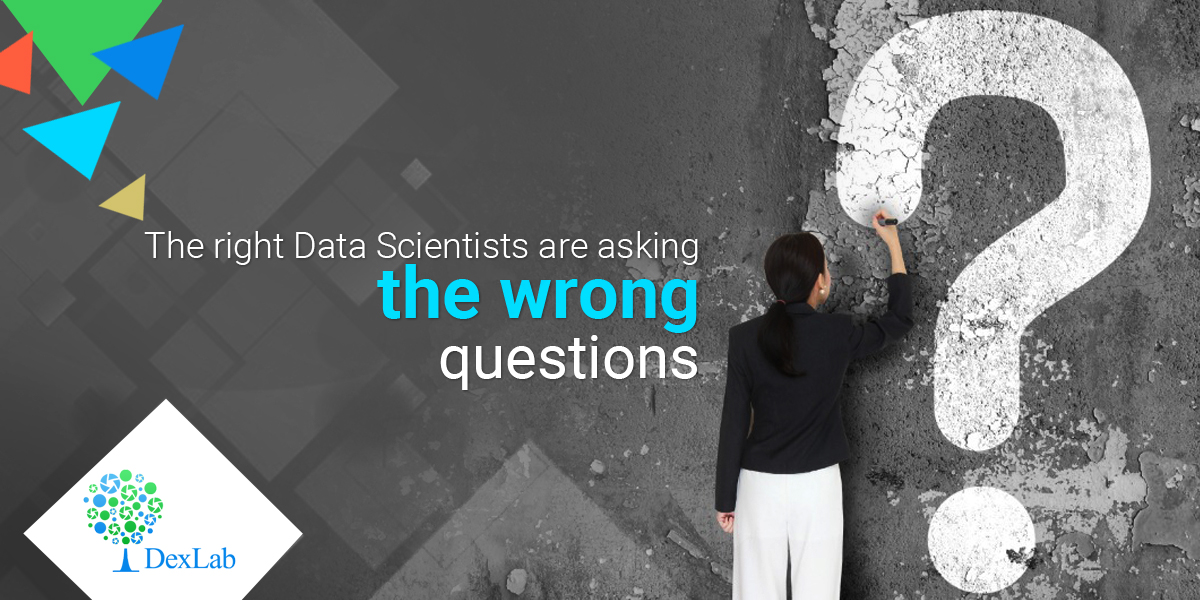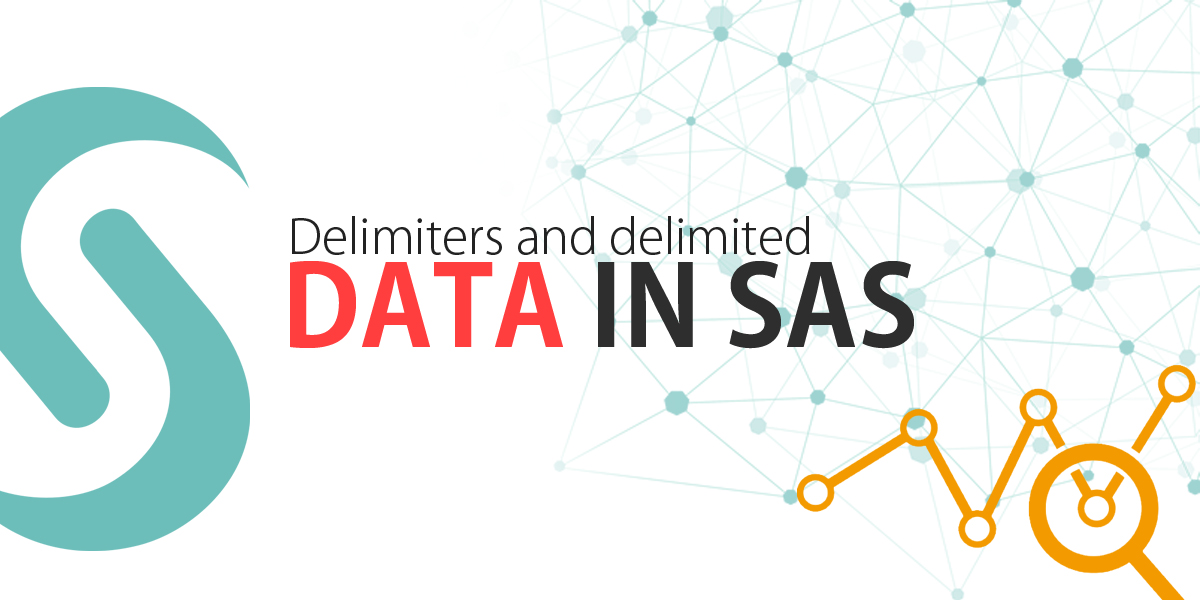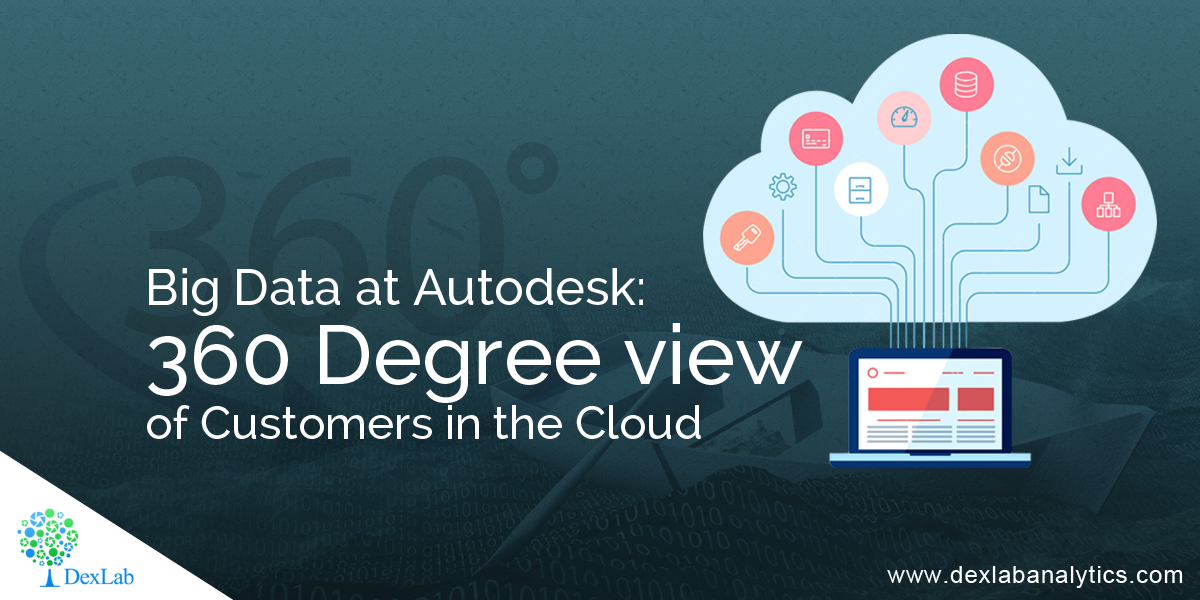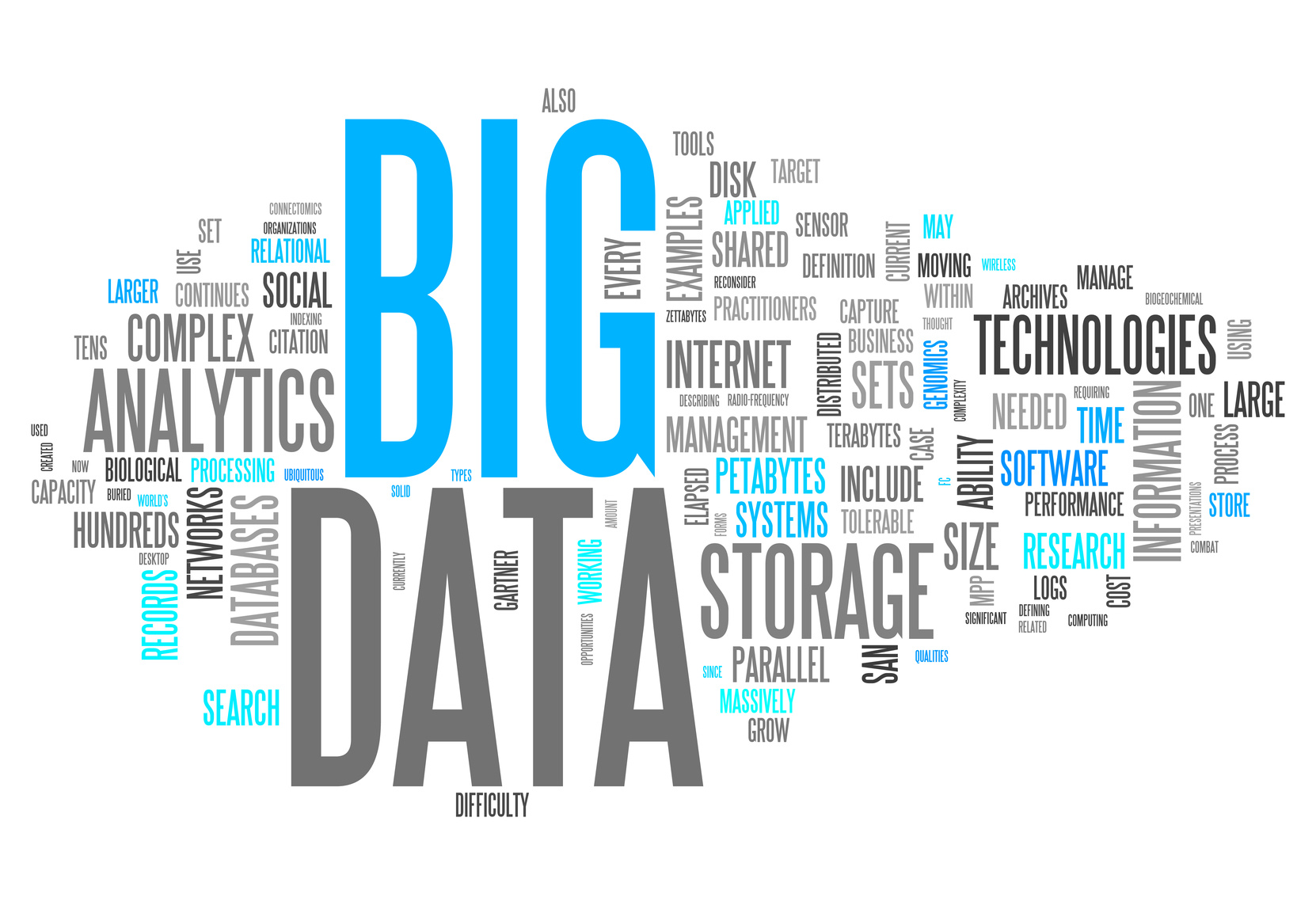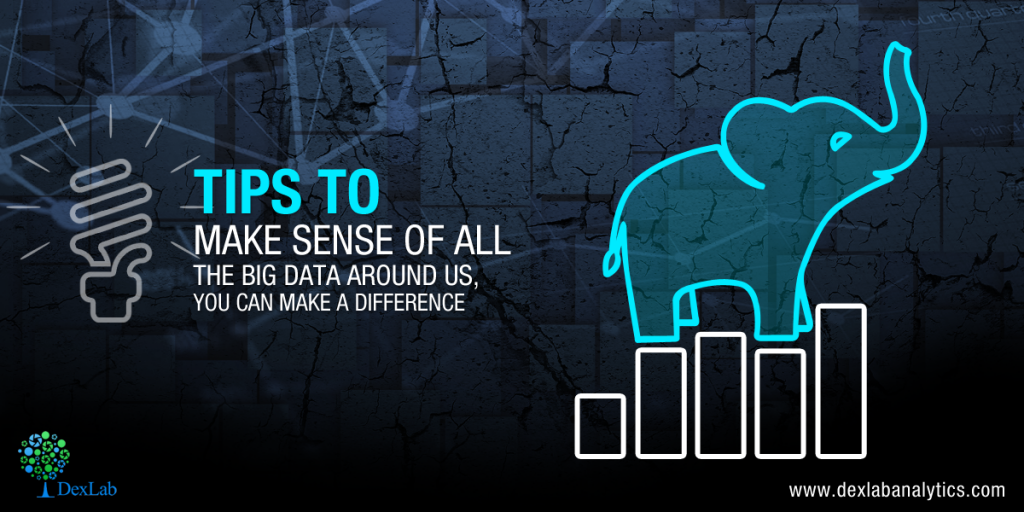
We are all in the midst of the onslaught of information overload in many ways. We create it, transfer it and heartily participate in it. To get a grasp of the actual reality faced by businesses of all sizes, one needs to understand the exact scenario. According to IDC1, “The big data and analytics market will reach $125 billion worldwide in 2015” Further, IDC predicts, “Clearly IoT (Internet of Things) analytics will be hot, with a five-year CAGR of 30%.”
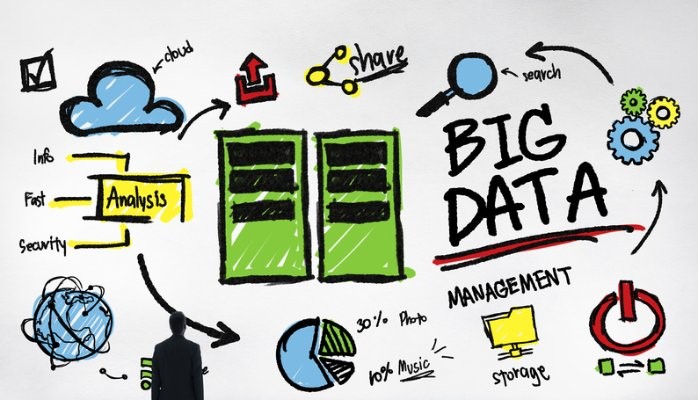
Data is created from all the posts made every second globally on social media, the humongous chatter, digital photo sharing, video uploads, online transactions, all the cell phone signals etc. – are all forms of data being generated leading to a massive information overload across servers and of course the cloud platforms.
All this digitization has led to a severe business challenge – so much big data, but how to make sense of all this? How does one use it for any kind of business related decision or direction? The following are some tips to help business make some sense from all this data right within their ambit.
1-Break it down
Big data remains big, unless methods are employed to break it into tiny usable groups of information. Eliminating, cross-referencing and grouping are the first steps to sort out various disparate data bytes.
2-Deduplication
There will always be the challenge of similar data springing up and being stored. Deduplication works as a primary point of ensuring that there is a reduction in the same data coming up for analysis.
3-Technology and its role
The role of specific technology cannot be ignored, when it comes to ensuring that all this big data is streamlined, stored safely and processed using the latest available techniques.
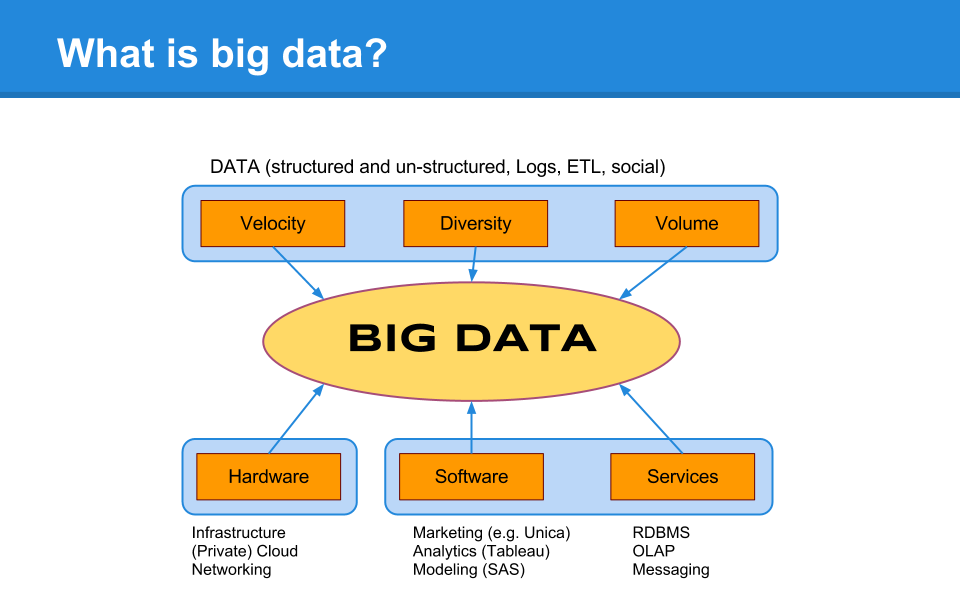
4-Do not discard anything
Even the smallest and seemingly insignificant amount of information may be relevant and hold key insights.
5-Best practices for data analysis
The ecosystem revolving around the actual analysis of the big data needs to evolve into a more standardized format to be used across flexible structures leading to quicker outputs, better results and arriving at useful insights.
6-Having the right talent
This is one of the most important aspects, when it comes to actually making sense of all the data lying around across organizations. This is where trained and certified big data analysts appear.
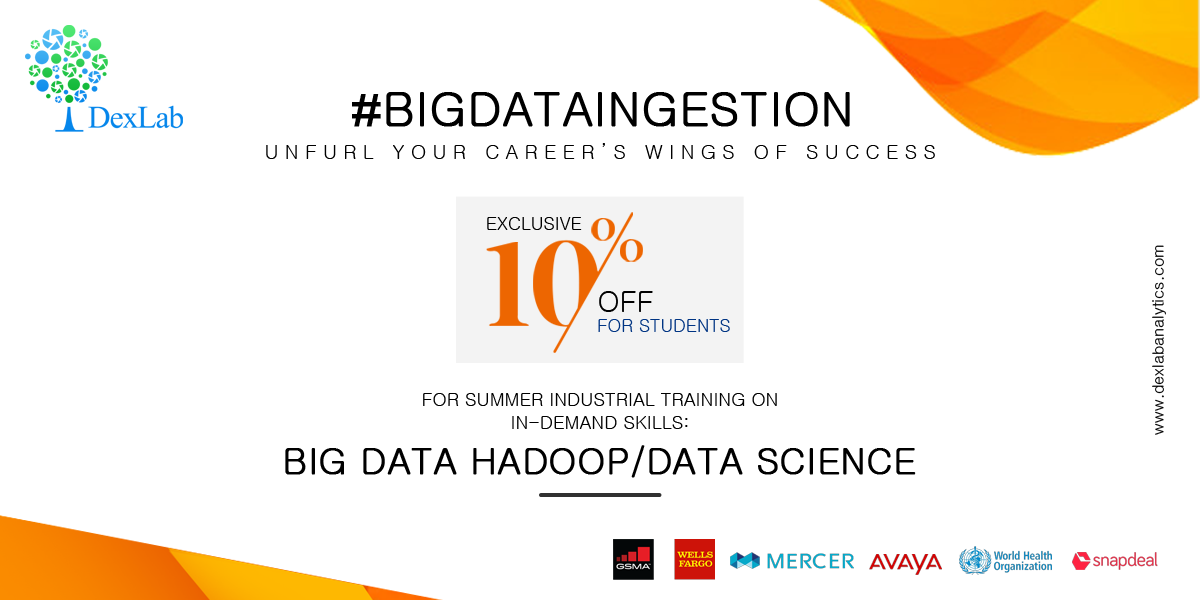
A Special Alert: DexLab Analytics is offering #SummerSpecial 10% off on in-demand courses of big data hadoop, data science, machine learning and business analytics. Enroll now for #BigDataIngstion: the new on-going admission drive!
Interested in a career in Data Analyst?
To learn more about Data Analyst with Advanced excel course – Enrol Now.
To learn more about Data Analyst with R Course – Enrol Now.
To learn more about Big Data Course – Enrol Now.
To learn more about Machine Learning Using Python and Spark – Enrol Now.
To learn more about Data Analyst with SAS Course – Enrol Now.
To learn more about Data Analyst with Apache Spark Course – Enrol Now.
To learn more about Data Analyst with Market Risk Analytics and Modelling Course – Enrol Now.
